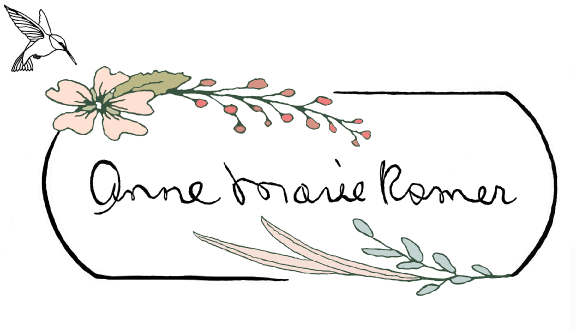A Tough Conversation
Photo by Justin Clark on Unsplash
Featured in the Dayton Daily News
It’s hard to have the difficult conversation. Trying to convince an elderly parent that driving is no longer safe; intervening when a loved one is suffocating from the byproduct of addiction, or even having to look at yourself in the mirror free from denial are all discussions encased by angst. The discussion of suicide is also difficult. Next week marks the 2017 National Suicide Prevention Week. Few other causes of death are cloaked in such shame, anger or secrecy. When my oldest brother, Pat, took his life over 30 years ago, the subject was taboo. Friends avoided talking about it which made the burden of his loss even heavier. Even within my own family, it was too painful to dwell in the circumstances which led him to owning his death. Since then, the discussion of suicide has crept into the light. The reality is, we can’t afford not to talk about it, as the stakes in our collective community are too high. According to the American Foundation to Prevent Suicide, ending life on purpose is the third leading cause of death in young people 15-24 years old. Each day, 22 veterans die by suicide, prompting the Veterans Administration to create programs designed to reduce such incidence within the military family. 44,193 Americans die by suicide each year. Most alarming is that for every suicide, there are 25 attempts. Many walk among us who suffer from a silent pain. When my second brother, Neil, took his life just 5 years ago, my family was stunned despite our false claim that we could have recognized “the signs” in the aftermath of Pat. Still, we didn’t know. Our family loss has fueled my commitment to invite others into this discussion whereby our loss can be transformed into hope for others saddled by despair.
Mental illness, depression and addiction tend to tug at one’s ability to find purpose, and the more implosion due to loneliness and shame, the greater the risk for self-harm. People who suffer chronic pain of the soul become quite adapt at hiding their despair, which makes our charge to dismantle their guard with love, acceptance, and treatment so vital.
I invite you to join me at the third annual Out of the Darkness Community Walk, October 22, at Oakwood High School. Last year, the neighborhood streets of Oakwood were filled with a sea of people. The byproducts of suicide were tangible, some having lost a loved one. Others showed up hoping for a lifeline, and others came just because they were brave enough to be part of the conversation. I walked arm and arm with one young woman who’d recently lost her brother. We shared the space of her raw grief and my ability to understand. Yet underlying the mission of the day was joy and celebration. All of us can benefit from an increased awareness as we give voice to those touched by suicide. Shedding light creates openness and space to help those effected, which ultimately can heal the most broken of hearts. People who consider ending their lives move among us, so the more we walk and talk about it, the better chance we have to reach into the secret closets of despondency and flick on the light. The potential to restore desire for life is a difficult challenge for some, yet if we all extend our reach in solidarity, perhaps we can save one another. Go to Afsp.org/Dayton to register for the Out of The Darkness Walk. Questions, please contact Sallie Wilson Luther, 937-298-2607, swluther@aol.com. I hope to see you there.

